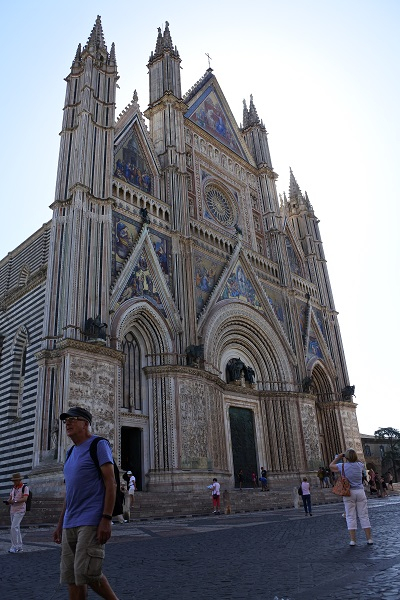
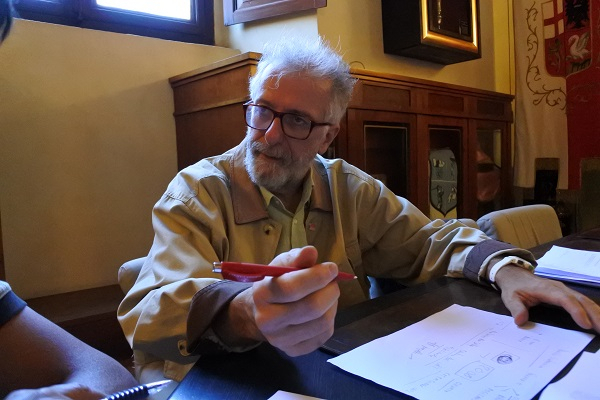
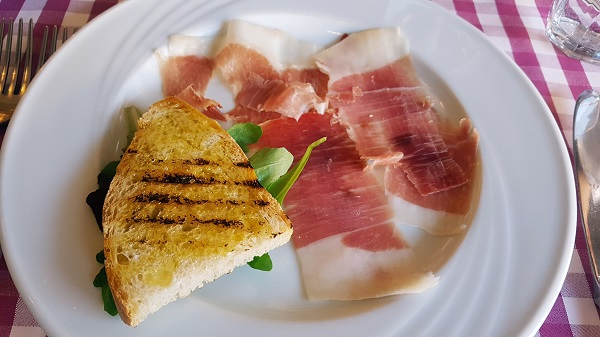
The concept of Slow City is to keep the traditional culture of the town alive; Cheongsong as the cittaslow is interesting.
The Cittaslow is one of the precious treasures in Italy. In October 1999, Paolo Saturnini of Greve in Chianti, Italy, started the slow food movement which was the opposite concept of fast food. The idea of slow city derived from the slow food movement was further developed, and the Cittaslow international organization with its headquarters in Orvieto has established. The Slow City is an international movement which aims to protect traditional culture and nature from pollution-free nature and return to the old agrarian era and to improve the quality of life on the basis of slowness and relaxation.
Currently, 238 cities in 30 countries are certified as slow cities. On June 25, 2011, Cheongsong County became the 9th slow city in Korea and the 143th in the world and recertified as cittaslow in March 2017. In Gyeongbuk province, Cheongsong, Sangju, and Youngyang have been affiliated with Slow City.
◆The Medieval City, Orvieto
Orvieto in Italy seems like the medieval city as it is located about 96km north-west from Rome. It can be taken as the location of Andong from Daegu. The city felt like the Hahoe Village of Andong which is reminiscent of the old village during the Joseon Dynasty. Orvieto is a city built on top of the rocky mountain at 195meters above sea level. In the Middle Ages, Italian cities were built on top of the mountains to avoid foreign invasion. For that, people had to accept inconvenience of poor transportation and naturally formed the feudal society with self-sufficiency.
There is one interesting thing in Orvieto. When you look up the village before going up to there, you can see the remains of various time periods. Caves from the Neolithic period had been buried at the bottom of the city, and the medieval buildings were built on top. Due to their 'stone culture,' ancient remains could be preserved without being damaged even though buildings were built on top of one another.
Orvieto, the city where the medieval period is well-preserved, is inaccessible by the most vehicles. The road between the buildings is only wide enough for the horse carriage. Narrow roads are also beneficial to the city. There are many places to rest under the shadow because buildings block most of the hot Mediterranean sunlight.
Another popular attraction in Orvieto is the Duomo Cathedral. The construction of the cathedral started in 1290, and continued for over 300 years, and was completed around 1600. The cathedral captures the exact Italian gothic architecture, and the mosaics adorning the facade of the building are beyond comparison.
It has an even more interesting story. It was built to commemorate the 'miracle of Bolsena.' In 1263 a German priest, Peter celebrated the holy mass at St. Christina cathedral of Senna in Prague, Bohemia (Czech Republic). As he was speaking the words of Jesus, "This is my body, and this is my blood," in the Eucharist, blood started to seep from the bread onto the corporal and left 25 spots. It was reported to Pope Urban IV who was residing in Orvieto at that time, and the Pope ordered to construct the Duomo cathedral. The corporal bearing the spot of blood is still enshrined at the Cathedral in Orvieto.
◆Slow Food in Slow City
Orvieto is located in the highlands. Because of its fertile soil, their main crop is agricultural products. In particular, the white wine produced in this area is one of the best wines in Italy. Also, local restaurants sold local dishes and ingredients. Dishes with locally grown vegetables, homemade sausages and bacon were served.
Just like Koreans have rice in every meal, Italian meal begins with spaghetti. Italians always eat spaghetti with various types of appetizers or desserts. For instance, I ordered food at a restaurant in Orvieto, and four dishes in a course menu were served. The plates were chicken, spaghetti, eggplant/zucchini, and bacon. Whenever one was given, the restaurant owner kindly explained about the food. He would tell where the chicken came from, when the olive on top was harvested, how long the bacon was processed, and the zucchini tastes good in season. Rather than the cooking process, he seemed to have the kind of attention and pride in the local ingredients. While eating the food, I could catch a glimpse of their food culture and values. It is not just the food to fill in hunger, but it is the 'slow food' that was completed by adding chef's passion to the farmers' harvested goods with their sweat.
Thanks to Italy's dryness and high UV index, agricultural products have been cultivated without the use of agricultural pesticides. For this, there seems to be no particular method of growing the fruits. Italian fruits seem to be meager at first because they have too many scratches or are in ugly shape. Most of them are not good enough to be sold in Korea.
However, when I tasted apples and green grapes, they were so sweet and fresh that initial judgment was put to shame. When I asked about the shape of the fruit to one fruit vendor, he said 'the size should be good enough for one person to eat; the form is not an issue." Moreover, he asked back to me, "We eat fruits not with our eyes but with our mouth, don't we?"
◆Oliveti, Secretary-General of the International Slow City
The Cittaslow International headquarters is based in Orvieto. Although it is an international organization headquarters, it is not a large building which you can imagine of. In fact, the main office is located on the first floor of the old medieval building. However, this is under construction now, so they have rented the second floor of the city hall building instead.
I met Mr. Pier Giorgio Oliveti, Secretary General of International Slow City, in the rented office of City Hall, and listened to the direction as well as the concept of cittalslow. He said, "Slow City may be misunderstood as the old time or cease; however we must accept it as the concept of preserving and protecting the traditions."
He warned that traditions and the original forms would disappear if capitalist societies only wish to become larger and faster. He explained that Korea's recent 'pesticide egg incident' is one of the examples of its trend. He mentioned that he heard about Korea's insecticide eggs through the news and problems have to emerge if people attempt to see the quick result and earn more money. They have no craftsmanship.
Oliveti also explained that 'Taean oil tank collision' is also an example. "The collision occurred because some people ignored the rules in an attempt to make more money, and produced many victims including fishers, villagers, and marine ecosystem. The situation has been much better, but we should be careful with the sense of community so that kind of incidents will never happen again."
In response to the point that the developed nations were registered as Slow City, he replied that it was because the slow city is humancentric. He said, "It is difficult for the people to understand the concept of cittaslow if the society is unstable and everyday life is hard. Some countries have shown interest in joining, but in the end, they have only asked for financial support. "
Finally, President Olivetti praised Cheongsong for its recent development as the UNESCO Global Geopark. He said, "It was fascinating that we could experience various cultures of Korea in a city called Cheongsong. I expect to see the city developed regarding tourism, through the slow city and international brand. I also hope that the city will become a world-class city with spiritual thinking in humanities."












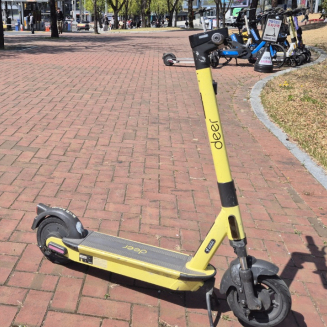
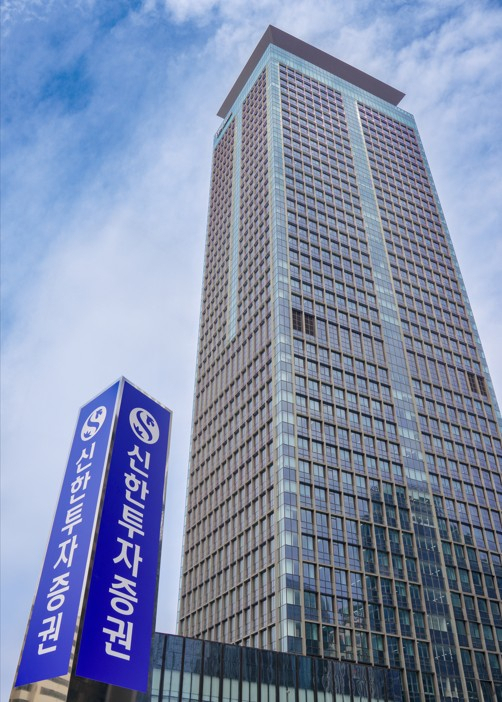
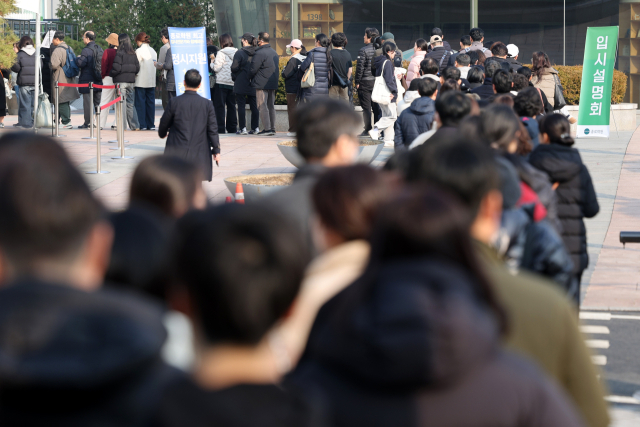



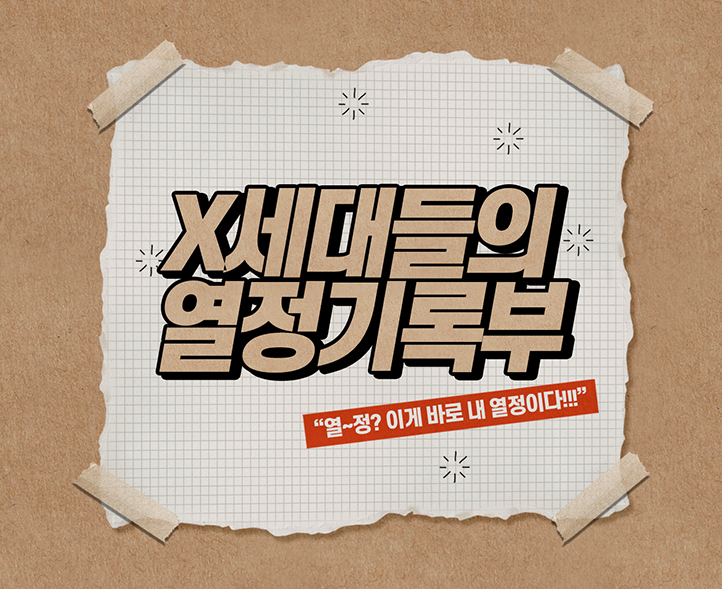

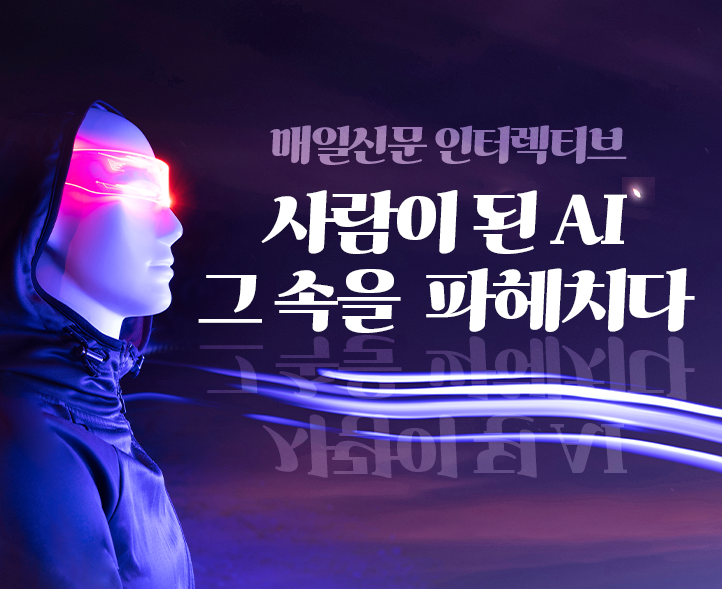
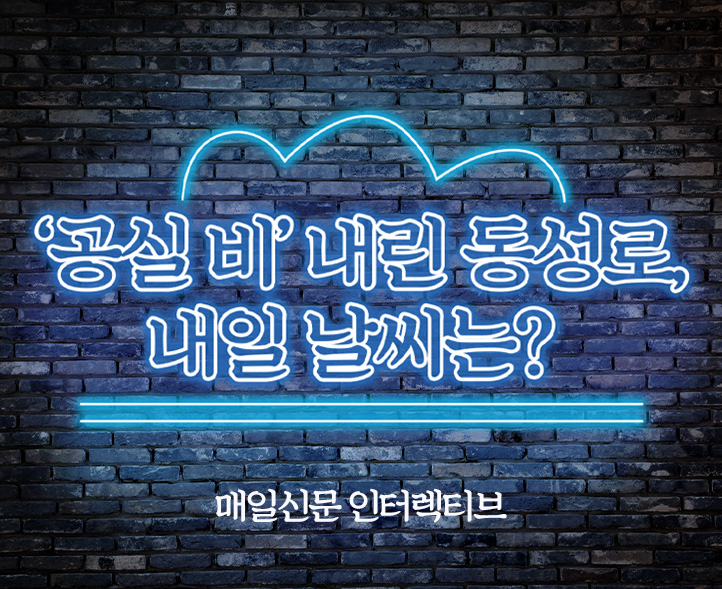



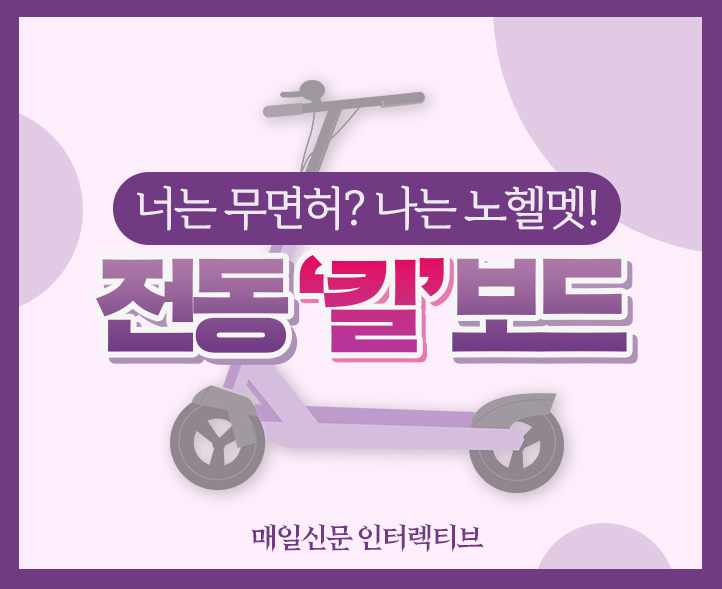











댓글 많은 뉴스
장동혁 대표 체제 힘 실은 TK 의원들
국힘 지지층 80% 장동혁 '당대표 유지'…중도는 '사퇴' 50.8%
李대통령, 이학재 겨냥? "그럼 '사랑과 전쟁'은 바람피는 법 가르치나"
장동혁 "당명 바꿀 수도"…의원 50여명 만나며 '쇄신 드라이브'
한동훈 "김종혁 징계? 차라리 날 찍어내라…우스운 당 만들어"